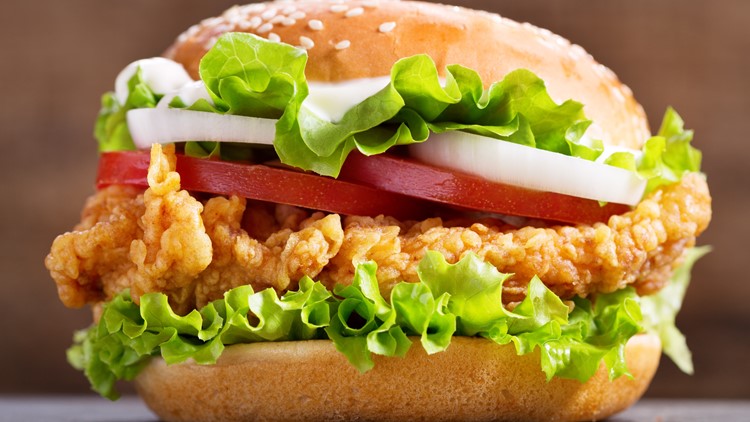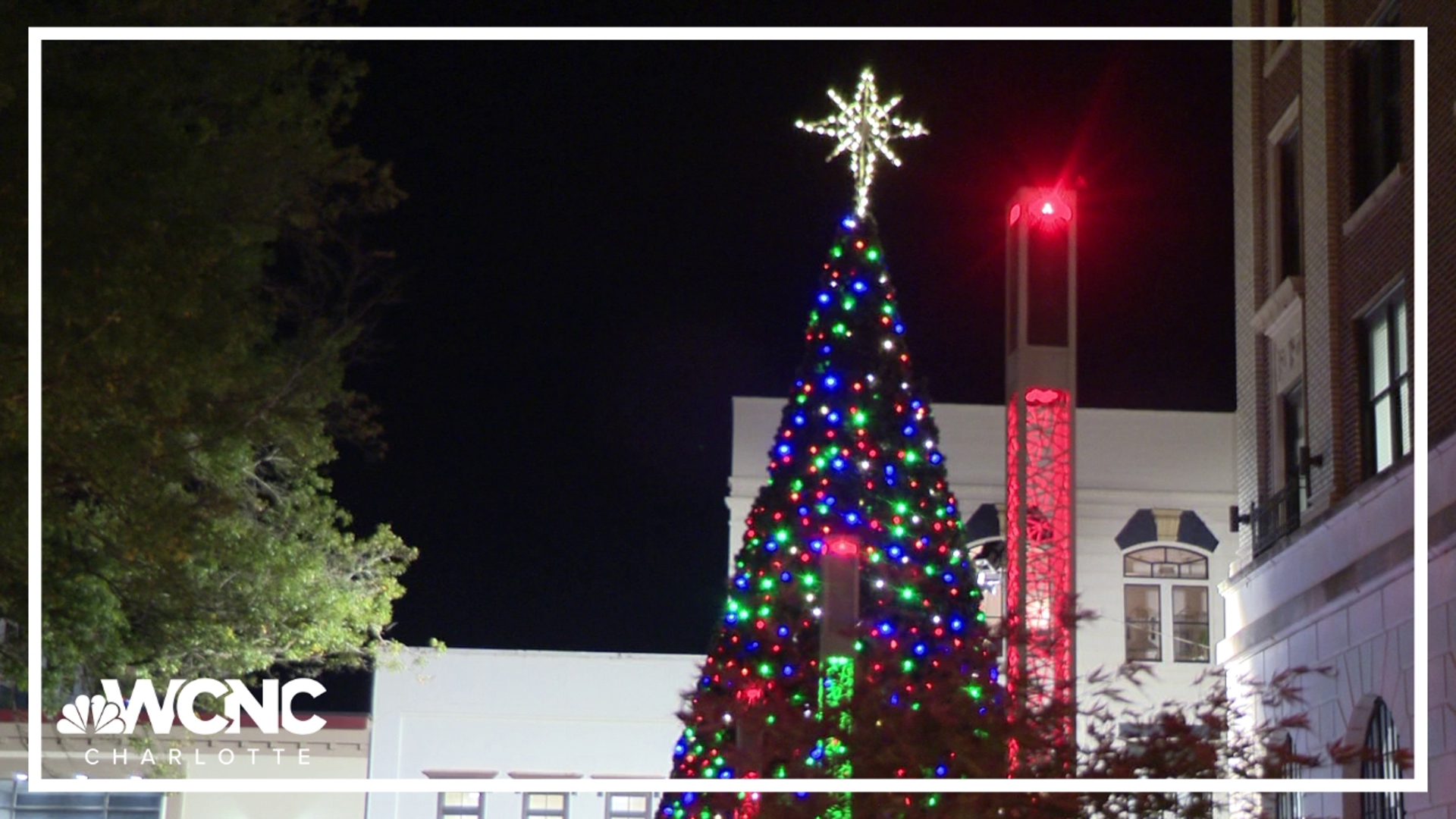People across the United States had dramatic reactions this week after several news outlets reported a fried chicken shortage.
According to those stories, fried chicken’s increased popularity, particularly in the form of fast food sandwiches, has in turn increased the demand for chicken. Meanwhile, producers are apparently facing labor shortages in processing plants and thus unable to supply enough to keep pace with the demand.
THE QUESTION
Is there really a fried chicken shortage?
THE SOURCES
Tom Super, senior vice president for communications for the National Chicken Council
Quarterly earnings calls from Yum Brands and Wingstop
Isaac Olvera, lead food and agricultural economist at ArrowStream
THE ANSWER
While yes, chicken production has been down to start 2021, chicken producers point to increased production over the last several weeks as evidence that calling it a “shortage” is an exaggeration and that supply can eventually catch up to demand.
WHAT WE FOUND
Quarterly earnings calls from Yum Brands, owners of Kentucky Fried Chicken, and Wingstop first raised the alarms when their CEOs claimed they were running into issues keeping up with demand.
“As we've entered Q2, demand for the new sandwich has been so strong that coupled with general tightening in domestic chicken supply, our main challenge has been keeping up with that demand,” said Yum Brands CEO David Gibbs of KFC.
“Suppliers are struggling, just as many in our industry are, to hire people to process chicken, thus placing unexpected pressure on the amount of birds that can be processed and negatively affecting supply of all parts of the chicken in the U.S., not just wings,” Wingstop’s Charles Morrison said in reference to prices.
Those comments came off the backs of a social media reply made by Bojangles, a fast food chain specializing in chicken and biscuits primarily in the southeast, that stated the chain was facing a system-wide shortage in one of their menu items.
The comments made by Wingstop’s CEO can be confirmed by the April 2021 Livestock, Dairy and Poultry Outlook from the U.S. Department of Agriculture. “The continued strengthening of wing prices can be attributed to generally tight supplies (stemming from labor challenges), as well as to strong domestic demand for wings,” the report said. “After depressed boneless/skinless (b/s) breast prices for much of the last few years, wholesale b/s breast prices strengthened significantly in the first quarter, in part due to increasing demand, particularly a result of the ongoing chicken sandwich wars.”
Charts on page 16 of that report show that production of chicken in February dropped dramatically compared to what it was in 2019 and 2020. The report references February’s unprecedented winter storms in the south as a major culprit. Chicken producers agree.
“Chicken producers are doing everything they can to overcome the devastating impact of Mother Nature when she inflicted the once in a lifetime winter storm on Texas and nearby states – major chicken producing regions,” said Tom Super, senior vice president of communications for the National Chicken Council. “It will take time and effort to eventually replace the impacted hatchery supply flocks in that region, but supply should catch back up to demand soon.”
Super also referenced a number of demand increases. The winter storms came through Texas in February, shortly after the Super Bowl, which he said is the biggest event of the year for chicken wings. He said wings proved to be “pandemic proof” thanks to their association with takeout at restaurants and their role as comfort food during a time in which people turned to such foods a lot. Additionally, what he called the “air fryer revolution” has come into play. And finally, fast food restaurants are also contributing to demand.
“The ‘chicken sandwich wars’ have definitely led to an increase in demand for breast meat,” Super said. “And with restaurants opening back up as restrictions begin to lift, chicken processors have had to adjust their product lines and supply chains to get back to a more ‘normal’ retail vs. food service mix.”
Isaac Olvera, lead food and agricultural economist at the foodservice supply chain tech company ArrowStream, explained that another aspect contributing to the issue is that restaurants have to backfill pre-existing inventories as they reopen and bring in more customers.
“Production is down on a year-over-year basis, and cold storage stocks have been declining as well,” he said. Cold storage refers to restaurant food inventory — often found in refrigerators and freezers. Olvera explained restaurants often keep a certain amount of food inventory in supply in their cold storage and will then fill in extra they may need to buy with local delivery from a spot market.
“We are certainly seeing a resurgence of restaurant buying that continues to keep the market cleared of excess inventories, as most food service pipelines were cleared out of rotation inventories last year as the industry was shuttered,” Olvera said.
“Currently, the back filling of supply chains is forcing larger purchases in the spot market on top of hand-to-mouth buying for current needs,” he said. “With many restaurant chains trying to do both, backfill and spot buy, that is contributing to the tighter supply of chicken in the marketplace.”
Still, both Super and Olvera pushed back against the narrative that we’re running out of chicken.
“Calling it a ‘chicken shortage’ is a bit of a stretch,” Super said.
“Is there going to be a chicken shortage… that depends on how you define shortage. Will we run out of chicken? No,” Olvera said. “Are supplies tight and prices elevated based on escalating buying interest at the wholesale level? Yes.”
While Super acknowledged that the most recent USDA report shows chicken production was down in the first quarter of 2021, he pointed to numbers that he believes will show the supply is rebounding in the next report, which is scheduled for release May 18.
“According to the same data, broilers produced the week ending April 10 were up 4% versus a year ago; the week ending April 17th up 9%; the week ending April 24th up 7%, and the week ending May 1 up 2%,” he said. “So yes, supply is somewhat tight, but the sky certainly isn’t falling.”
Olvera separately added chicken production is up in his own email. He said he’s “seen chicken production rebound back towards record levels,” although he said the increases aren’t as high as they were once expected to be thanks to a dip in the past year caused by COVID-19.
Regardless, the country won’t run out of chicken. Super believes the tightness in the fried chicken market should ease in the coming months.
So as worrisome as it may be to pull up to your local fast food joint to get a bite of your favorite chicken sandwich or chicken tenders meal, don’t fret. The restaurant should get all of their popular poultry delights back in stock in due time.
VERIFY
Our journalists work to separate fact from fiction so that you can understand what is true and false online. Please consider subscribing to our daily newsletter, text alerts and our YouTube channel. You can also follow us on Snapchat, Twitter, Instagram or Facebook.



